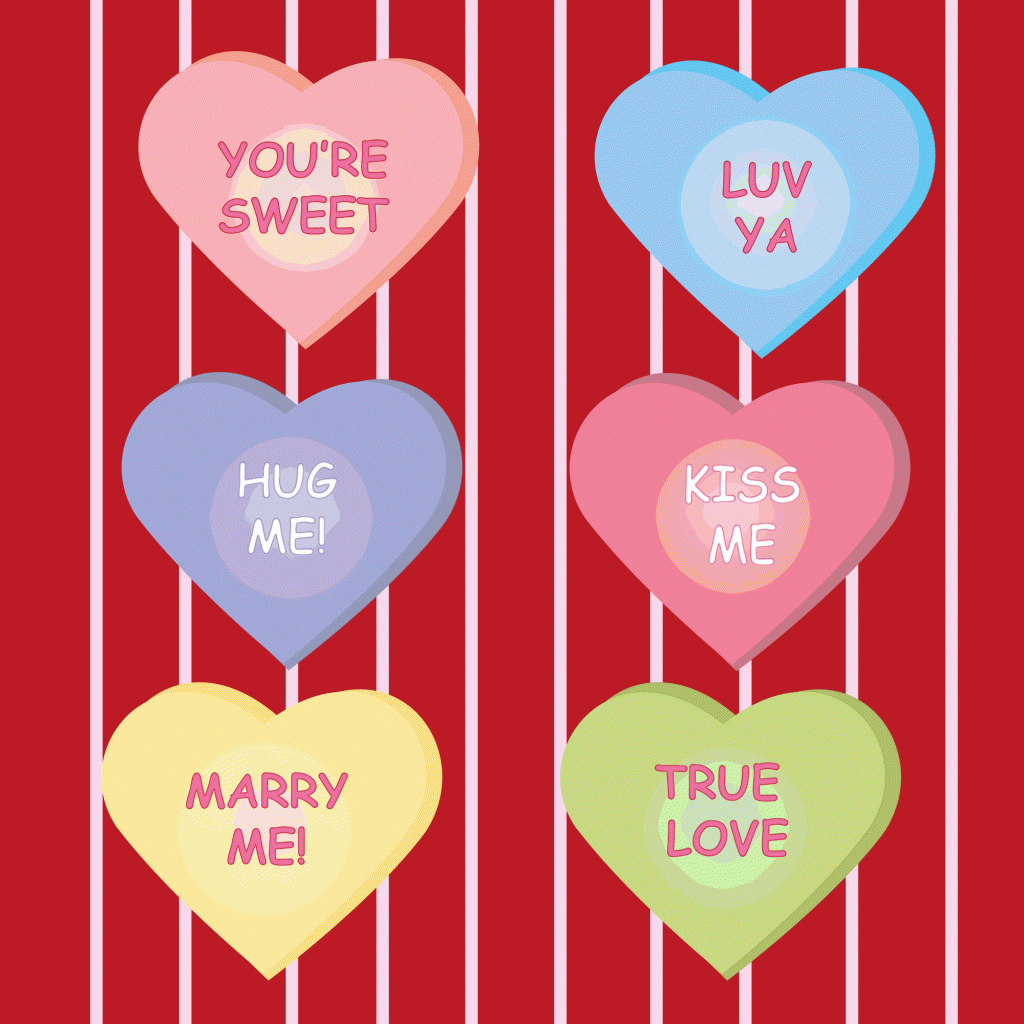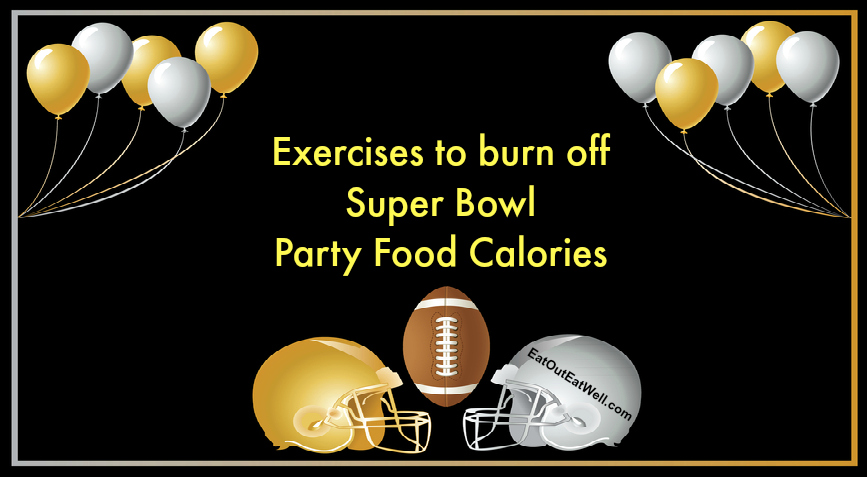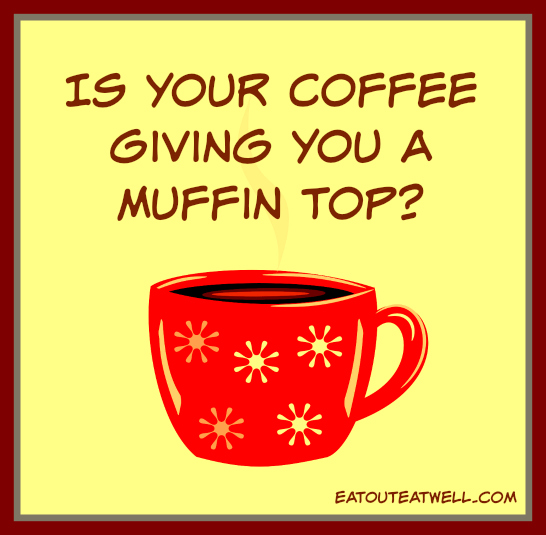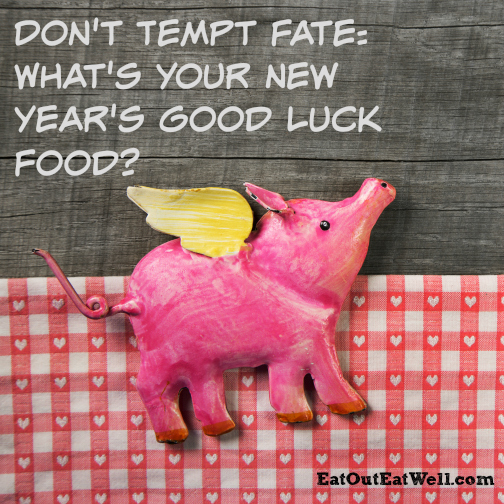
Romantic American colonists certainly did. They had their own form of text messages hundreds of years ago, no internet required. Instead, they used candy messages — they would give gifts of homemade hard candy with messages etched into the surface to their sweethearts.
Years later the founder NECCO and his brother, who developed the process of printing red vegetable dye mottos on candy, turned this tradition into a business.
The candy’s original shape wasn’t a heart, but a seashell shape called a “cockle,” with a message written on a colored slip of paper wedged into the cockle’s shell. NECCO started producing candy with mottos stamped on them in 1900, but the candy was in shapes like horseshoes and baseballs that allowed for longer printed sayings like “How long shall I have to wait?” and “Pray be considerate.” The candy called Sweethearts wasn’t shaped as a heart until 1902.
Sweethearts, Conversation Hearts, and Motto Hearts
NECCO still uses their original recipe, process, and machines they used at the turn of the century. Putting out approximately 100,000 pounds of candy a day, it takes about 11 months to produce the more than eight billion pieces — or about 13 million pounds – of colorful candy sweethearts that are sold in the six weeks before Valentine’s Day. The little hearts with messages account for 40% of the Valentine candy market, just behind – you guessed it – chocolate!
Don’t You Love The Messages – and They’re Low in Calories, Too
“Be Mine,” “Kiss me,” “Sweet Talk.” The brightly colored hearts with the familiar sayings stamped in red are also known as conversation hearts and sweethearts. The original candies with printed sayings were called “motto hearts.”
The sayings and flavors have been updated over the years and periodically new ones are added. Some of the newer flavors are strawberry, green apple, lemon, grape, orange, and blue raspberry and new sayings include “Tweet Me,” “Text Me,” “You Rock,” “Soul Mate,” “Love Bug,” and “Me + You.”
The candy is quite popular — NECCO sells out of their hearts, 100,000 pounds a day, in six weeks.



